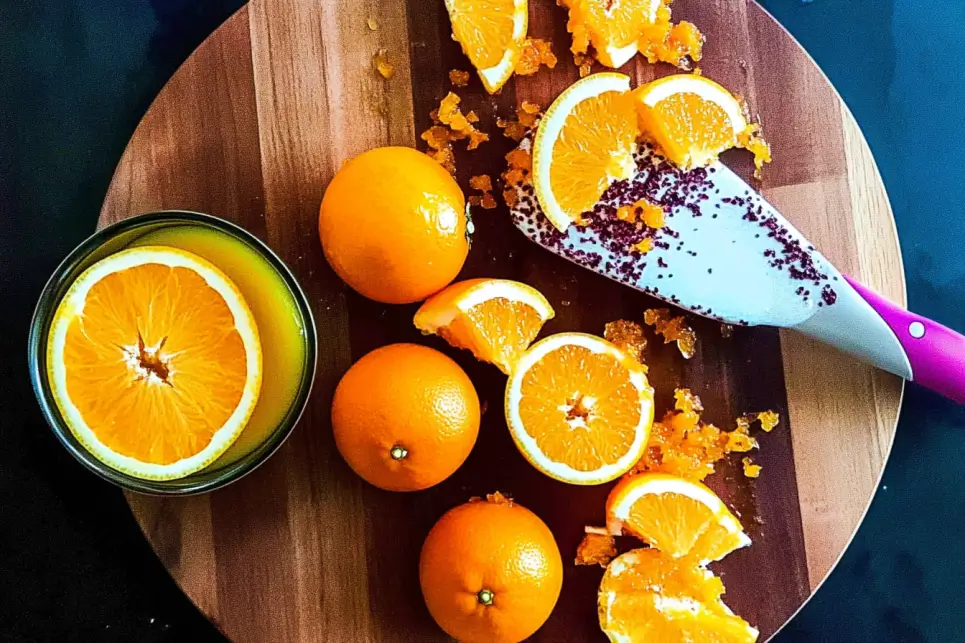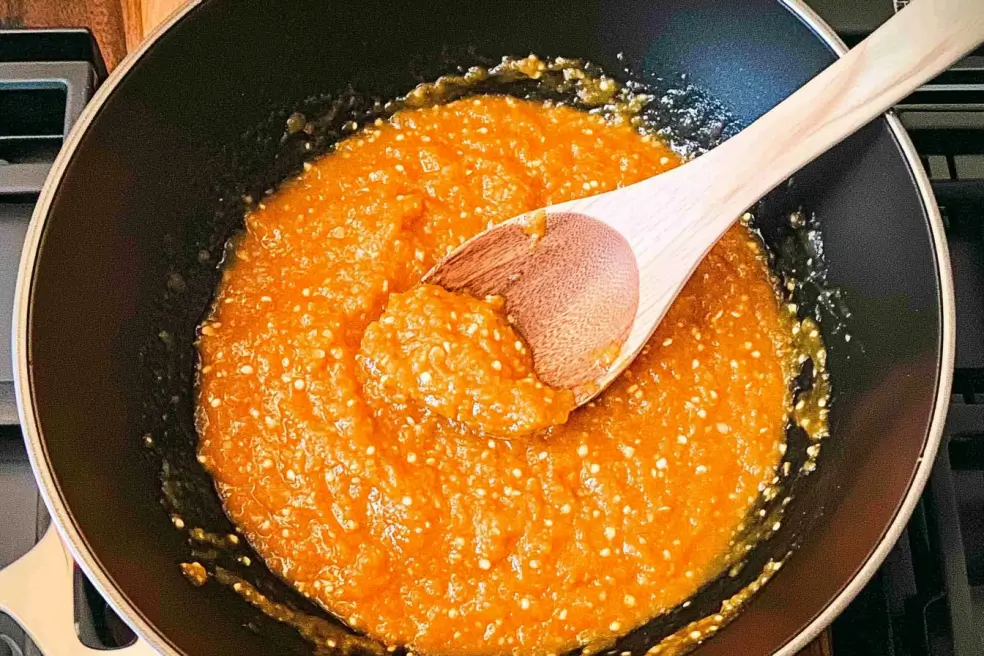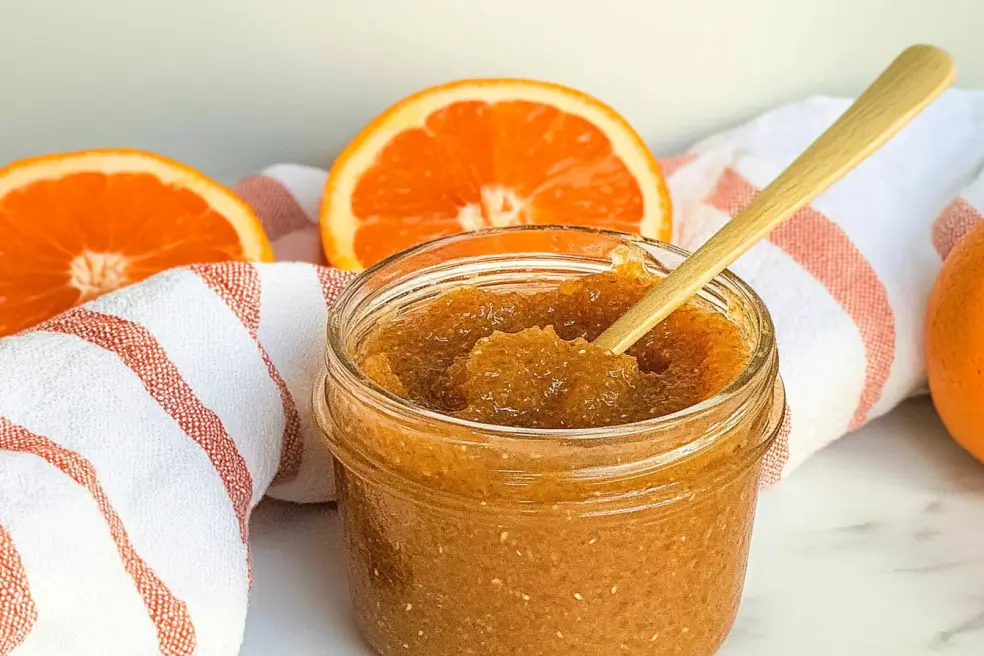Imagine spreading a spoonful of sunshine on your morning toast—sweet, tangy, and utterly comforting. For those who crave a classic citrus delight without compromising their plant-based lifestyle, this vegan marmalade recipe brings you all the nostalgia, flavor, and joy—completely cruelty-free. Whether new to vegan cooking or a seasoned home chef, this guide will walk you through crafting the perfect marmalade to brighten your mornings.
Let’s dive in and discover how to make a delicious, plant-based marmalade that’s as satisfying to make as it is to eat!
Why Choose a Vegan Marmalade?
Preserving Tradition Without Compromise
Marmalade has a rich history of being a staple breakfast staple worldwide. Traditionally, it’s made with fruit, sugar, and sometimes gelatin or other animal-based setting agents. The great news? You don’t need those to create a fantastic, flavorful marmalade. By using plant-based ingredients, you can stay true to the classic recipe while maintaining your ethical choices.
Health Benefits of a Plant-Based Spread
Vegan marmalade isn’t just better for animals and the planet – it’s great for your health, too. Here’s why:
- No Animal Products: No dairy or gelatin means fewer additives.
- Rich in Vitamin C: Citrus fruits boost your immune system.
- Antioxidants: Oranges and lemons provide antioxidants that support overall health.
Sustainability and Ethical Choices
Choosing a vegan marmalade helps reduce your environmental footprint. Plant-based alternatives are more sustainable and compassionate, from sourcing ingredients to final production.
Essential Ingredients for Vegan Marmalade
What You’ll Need
Before you start, make sure you have all your supplies ready to go. Here’s your list of ingredients:
- 3 large oranges (for sweetness and classic flavor)
- 1 lemon (for a touch of brightness)
- 4 cups water
- 4 cups vegan cane sugar (make sure it’s labeled vegan, as some sugars are processed with bone char)
- Pectin (optional for helping the marmalade set)

All of these ingredients are easy to find in most grocery stores. You can substitute the oranges with Seville oranges for an extra zing for a traditional bitter marmalade.

- Test for Doneness:
- To check if your marmalade is ready, use the “wrinkle test”: place a small spoonful on a cold plate, let it cool for a minute, and push it with your finger. If it wrinkles, your marmalade is ready.
- Jar and Seal:
- Pour the hot marmalade into sterilized jars.
- Seal tightly and let them cool completely.

Serving Ideas for Your Vegan Marmalade
You’ve made a delicious batch of vegan marmalade – now it’s time to enjoy it! Here are some creative ways to serve your citrusy creation:
- Classic Toast: Spread it on warm, buttered toast for a nostalgic breakfast.
- Oatmeal or Porridge: Add a dollop to your morning bowl for flavor.
- Yogurt Swirl: Mix into plant-based yogurt for a tangy treat.
- Dessert Glaze: Use it to glaze vegan cakes, muffins, or pastries.
- Gifting Idea: Homemade marmalade in a pretty jar makes a thoughtful, delicious gift.
FAQs About Vegan Marmalade
Is Marmalade Plant-Based?
Yes, marmalade is traditionally made with fruit, sugar, and water. However, some commercial brands use gelatin or non-vegan sugars. Making it at home ensures it’s 100% plant-based.
What is the Secret to a Good Marmalade?
The secret lies in achieving the right balance of bitterness, sweetness, and a perfect set. Slow boiling and careful monitoring help create a rich and spreadable marmalade.
How Do You Know When Marmalade is Ready?
Try the “wrinkle test”: put a small amount on a cold plate, let it sit for a minute, then gently push it with your finger. If it wrinkles, your marmalade is set.
Why is My Marmalade Peel Hard?
Hard peel often results from not boiling the fruit long enough during the initial cooking phase. Make sure the peel is fully softened before adding sugar.
Conclusion
This vegan marmalade recipe gives you everything you need to create a sweet, tangy spread perfect for breakfasts, snacks, and gifting. Making your marmalade is a rewarding experience that allows you to control the ingredients and flavors, ensuring it aligns with your plant-based lifestyle.
Why not give it a try this weekend? You’ll never want to return to store-bought versions once you taste the bright, citrusy flavors of homemade vegan marmalade.
Ready to try this recipe? Please share your experience in the comments below or tag us on social media with your creations!
Read More : Easy Vegan Toffee Recipe

Vegan Marmalade Recipe
Ingredients
- 3 large oranges 4 Seville oranges for a bitter twist
- 1 lemon
- 4 cups water
- 4 cups vegan cane sugar
- 1 Pectin firmer set
Instructions
- Wash and Prepare the Citrus:
- Scrub the oranges and lemon clean to remove any dirt or pesticides.
- Halve the fruit and remove the seeds. Save the seeds in a small cheesecloth bag containing natural pectin that helps the marmalade set.
- Thinly slice the peels of the oranges and lemon. The thinner you slice, the more delicate the texture.
- Boil the Fruit:
- Place the sliced peels, pulp, and the bag of seeds into a large pot.
- Add 4 cups of water.
- Bring it to a boil, then lower the heat and let it simmer for 1-2 hours. The goal is to soften the peels completely.
- Add Sugar and Simmer:
- Remove the cheesecloth bag with the seeds.
- Add the vegan cane sugar to the pot, stirring until it dissolves.
- Boil the mixture over medium heat, stirring occasionally, until it reaches the setting point (about 220°F or 104°C). This usually takes about 30-45 minutes.
Notes
- Use Fresh, Seasonal Citrus: Fresh oranges and lemons give the best flavor and texture.
- Don’t Rush the Boiling Process: Slow, gentle boiling helps develop the perfect consistency.
- Test the Set Consistently: Overcooking can result in a hard set, while undercooking may leave you with a runny marmalade.